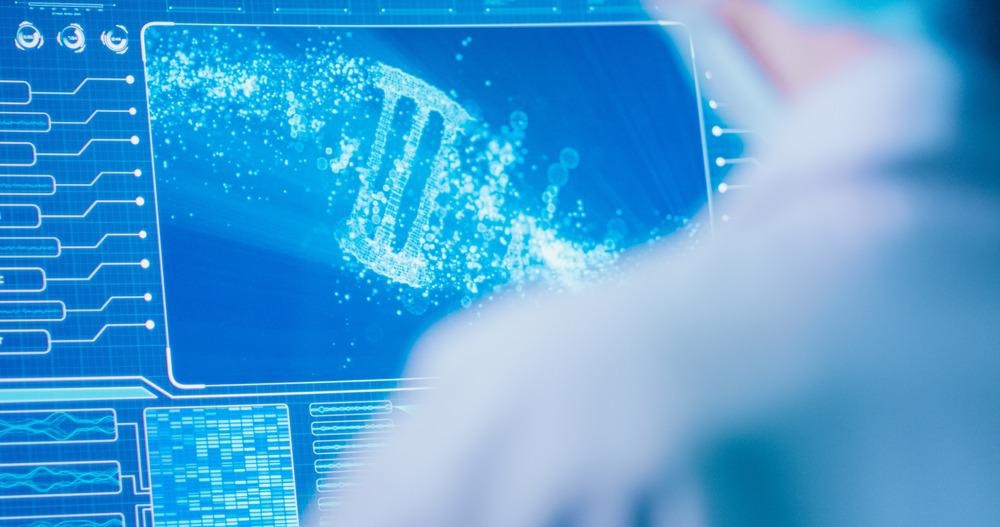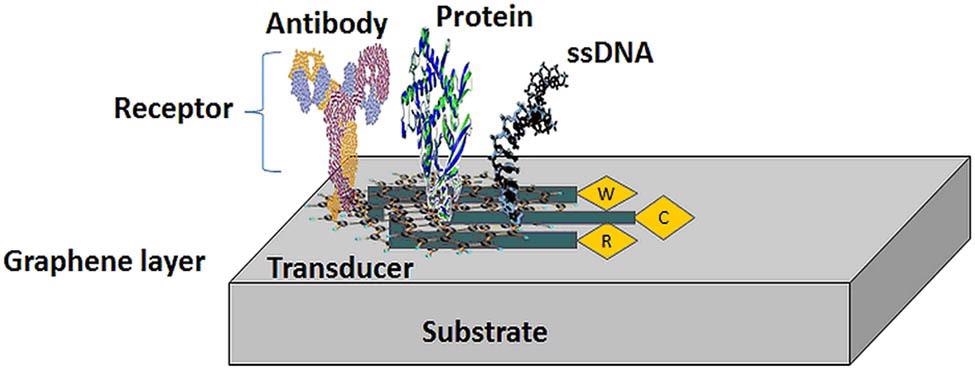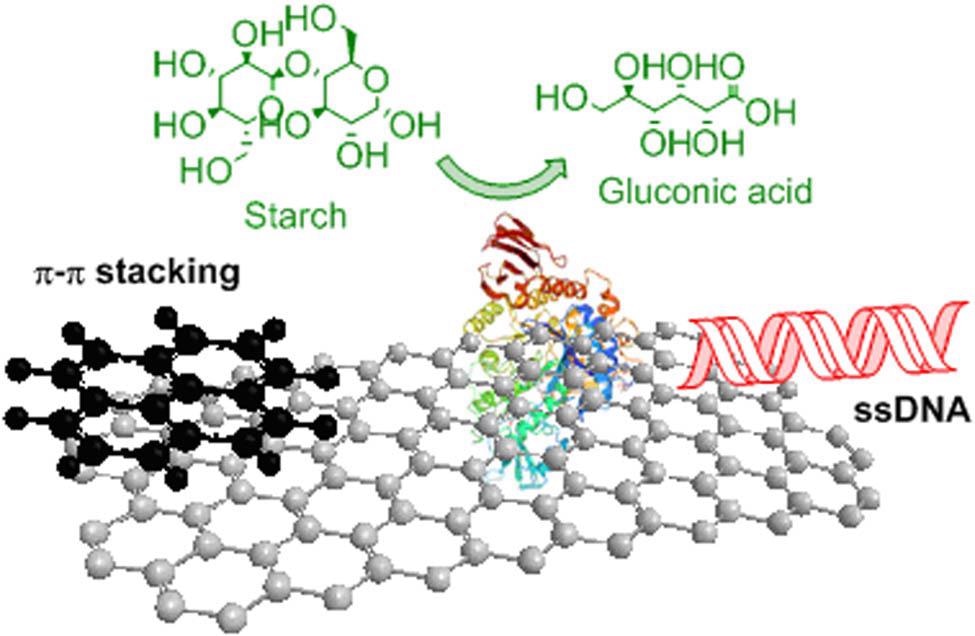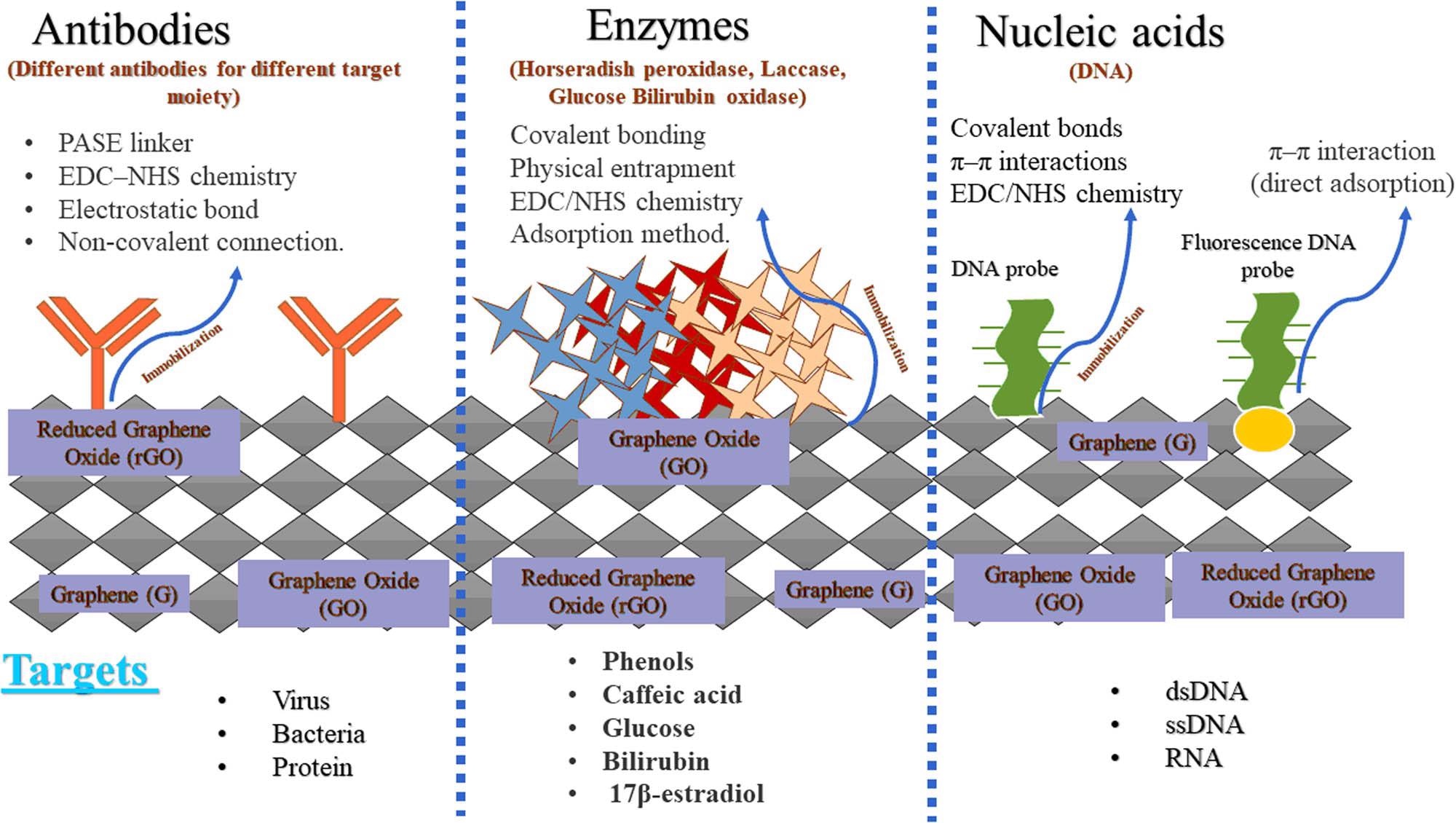An article from the journal Nanotechnology Reviews discusses production processes, surface modification procedures, and biomedicine uses, as well as the latest developments in the realm of graphene-based biosensing research.

Study: Graphene-Based Biosensors for Disease Theranostics: Development, Applications, and Recent Advancements. Image Credit: Marcin Janiec/Shutterstock.com
Advancements in Diagnostic Techniques
Diagnosing illnesses and their respective biomarkers need precise and extremely sensitive tools. Lateral flow immuno-testing, polymerase chain reaction, electrochemical techniques, gene sequencing and microarrays, and fluorescent microarrays are examples of traditional techniques. However, to ensure precise and sensitive diagnosis, these approaches need extremely accurate equipment, expensive reagents, intricate specimen preparation processes, and time-consuming quantifying procedures.
Furthermore, as for identifying the illness in real-time, these approaches have limits. Innovative techniques involve the use of sensory devices that are very affordable, simplistic, and incredibly specific ways for detecting target molecules. Since these sensors can be used to track and detect illnesses in real-time, they have a wide range of clinical uses. The additional benefits of sensors include their application in identifying illnesses at an initial point and requiring little intrusive approaches.

A typical biosensor device with graphene layer as a transducer and biomolecules as a receptor.© Alhazmi, H. A., et al. (2021)
Fabrication of Graphene-based Biosensors
Graphene is usually produced using two primary methods, each with its own set of manufacturing processes. Derivatives of graphene may be generated via a top-down technique from any source of carbon, like graphite wafers or dust that has been electrochemically or mechanically exfoliated and exposed to redox processes.
The bottom-up technique, on the other hand, is based on the fabrication of graphene layers from carbon atom foundations and incorporates a variety of manufacturing processes such as vapor deposition (CVD), epitaxial production, thermal devolatilization, and so on.
Fabrication is an important stage in the production of graphene-based biosensing devices because it has the potential to change the properties of graphene. Graphene and its analogs are well-known as great supplementary substances, and they have been widely used in the construction of biomarkers. A typical biosensor is made up of two layers of transducers and receptors that are joined together.

Some common noncovalent functionalization showing pyrene–graphene, glucose oxidase–graphene, and ssDNA–graphene hybrids. © Alhazmi, H. A., et al. (2021)
The Need to Functionalize Graphene
Graphene's uses are essentially unlimited because of its exceptional thermo- and electro-mechanical characteristics, great intrinsic mobility, unparalleled elasticity, and big surface area. Substantial van der Waal cohesion forces cause graphene to aggregate and hinder it from dispersing uniformly. So far, functionalization seems to be the only successful strategy for minimizing these attractive forces and, as a result, preventing aggregation without sacrificing its core characteristics. It modulates inert graphene layers and is very successful in the fabrication of sensors with significant bio-medicinal, electrolytic, and diagnostic uses.
Biosensing Applications
Conventional sensory techniques are costly, necessitate highly accurate equipment and expensive reagents, and the bulk of processes cannot be quantified in real-time. Graphene biomarkers, a non-toxic alternative way for identifying molecules connected with an illness, are simple to use and have outstanding sensing characteristics.
As each graphene atom is located on the surface, chemical engagement, and electron transfer from adsorbed molecules via graphene are simple, resulting in supersensitive identification of molecules. A sensor, in general, is made up of two parts: the receptor (which is coupled to the target biomolecule) and the transducer (which transforms chemical data into signals). A graphene or GO-based biomarker serves as a transducer, transforming the receptor chemical activity into a quantifiable signal. For target entities to engage, biological receptors such as antigens, nucleic acids, or enzymes are commonly mounted to transducers.

Applications of biomolecules-immobilized graphene-based biosensors in the detection of target molecules.© Alhazmi, H. A., et al. (2021)
Advantages and Disadvantages
For the fabrication of graphene-based biomarkers, a wide range of graphene-based nanomaterials such as pure graphene, GO, rGO, and graphene quantum dots can be employed. Graphene-based biomarkers have additional benefits such as compactness, cost-effectiveness, precision, and reproducibility, indicating strong commercial viability and scalability of these biomarkers as a substitute to traditional sensory approaches.
Unfortunately, there are notable downsides to graphene-based technologies that must not be overlooked. For example, graphene's capacity for adsorbing nontarget entities may lead to false positives, particularly when non-covalent surface modification techniques are applied.
Covalent surface modification approaches, in contrast, are difficult, and fine control of the conditions is necessary to produce them. Furthermore, the loading of molecules onto the surface of graphene is influenced by extrinsic environmental elements such as heat, acidity, salt content, and so on, as well as internal graphene characteristics such as type, molecular mass, surface qualities, and so on.
Evidently, more research on graphene and its modified derivatives with fewer contaminants and improved fabrication techniques is needed, which would make a contribution to the ever-growing momentum toward developing new biosensors appropriate for point of care testing and improving the standard of the global healthcare system.
Continue reading: The Potential of Plasmonic Nanoparticles in Biomedical Applications.
Reference
Alhazmi, H. A., Ahsan, W. et al. (2021). Graphene-based biosensors for disease theranostics: Development, applications, and recent advancements. Nanotechnology Reviews, 11, 96-116. Available at: https://www.degruyter.com/document/doi/10.1515/ntrev-2022-0009/html
Disclaimer: The views expressed here are those of the author expressed in their private capacity and do not necessarily represent the views of AZoM.com Limited T/A AZoNetwork the owner and operator of this website. This disclaimer forms part of the Terms and conditions of use of this website.